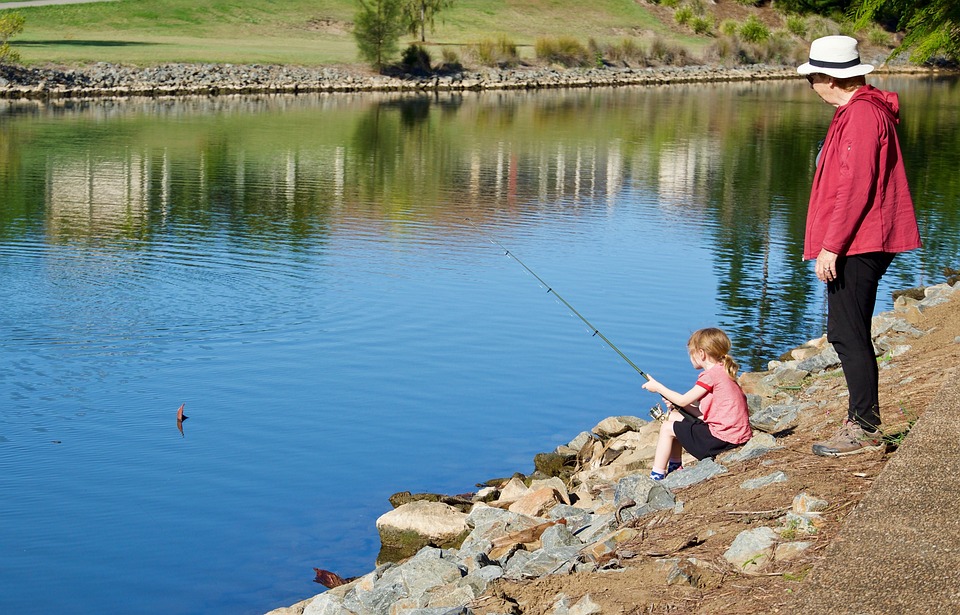Keeping fish as pets can bring joy and tranquility to any household. However, just like any other living organism, fish are susceptible to various diseases. One of the most common ailments that affect fish kept in tanks is Ichthyophthiriasis, commonly known as Ich. In this article, we will dive deep into understanding this disease, its causes, symptoms, prevention, and treatment options.
Ichthyophthiriasis is a parasitic disease caused by the protozoan parasite Ichthyophthirius multifiliis. This parasite has a complex life cycle, which consists of several stages. The adult Ich attaches itself to the fish’s skin and gills, feeding on its host’s blood and tissue. After feeding, the parasite falls off the fish and encysts, forming small white spots on the fish’s body. These spots are the most recognizable symptom of Ichthyophthiriasis.
Ichthyophthiriasis spreads among fish through direct contact or by sharing water with infected individuals. The parasite’s cysts can survive in the water for several days, allowing them to infect other fish in the tank. Poor water quality and stress weaken the fish’s immune system, making them more susceptible to Ich outbreaks. Overcrowding and improper tank maintenance, such as infrequent water changes, can also increase the risk of Ichthyophthiriasis.
Common signs of Ichthyophthiriasis include white spots on the fish’s body, increased scratching and rubbing against objects in the tank, rapid breathing, loss of appetite, and lethargy. Diagnosing Ich in fish involves observing these symptoms and, if necessary, performing a microscopic examination of the fish’s skin and gills to identify the parasite.
It is essential to distinguish Ichthyophthiriasis from other fish diseases, as the treatment approach may vary. Some diseases, like fungal infections or bacterial diseases, may require different medications or treatments. Consulting a veterinarian or an experienced fish hobbyist can help in correctly identifying the disease.
Preventing and controlling Ichthyophthiriasis involves maintaining optimal water conditions in the tank. Regular water changes, proper filtration, and monitoring the water parameters, such as temperature and pH, are crucial. Quarantine procedures should be followed for new fish additions to prevent introducing the parasite into the tank. Providing fish with a balanced diet and minimizing stress can also help prevent Ich outbreaks. Additionally, using medications and treatments specifically designed to prevent Ich can be effective in controlling the disease.
When it comes to treating Ichthyophthiriasis, understanding the parasite’s life cycle is crucial. Targeting vulnerable stages of the parasite can help eliminate it effectively. Medications and chemical treatments, such as copper-based solutions or formalin, can be used to eradicate the parasite. However, it is essential to follow the instructions and dosage recommendations carefully, as these treatments can be harmful to fish if used incorrectly. Natural remedies, such as raising the water temperature or adding salt to the tank, can also aid in treating Ich.
To address some commonly asked questions, Ichthyophthiriasis can be deadly for fish, especially if left untreated. The length of time it takes for Ich to kill a fish depends on various factors, such as the fish’s overall health and the severity of the infection. Ich is not transferable to other pets or humans. However, it is contagious among different species of fish. While medication is the most effective treatment for Ichthyophthiriasis, some cases may resolve without medication. Infected fish should be isolated from the rest of the tank to prevent the spread of the parasite. Cleaning the tank regularly and maintaining optimal water conditions can significantly reduce the risk of Ich outbreaks. Fish that survive Ichthyophthiriasis may experience stress and weakened immunity, but with proper care, they can recover and lead healthy lives.
In conclusion, understanding Ichthyophthiriasis is crucial for fish tank owners to ensure the health and well-being of their aquatic pets. By recognizing the causes, symptoms, prevention methods, and treatment options, we can effectively manage and control Ich outbreaks. Remember, a well-maintained tank with optimal conditions and proper care can significantly reduce the risk of Ichthyophthiriasis and provide a thriving environment for your fish.









